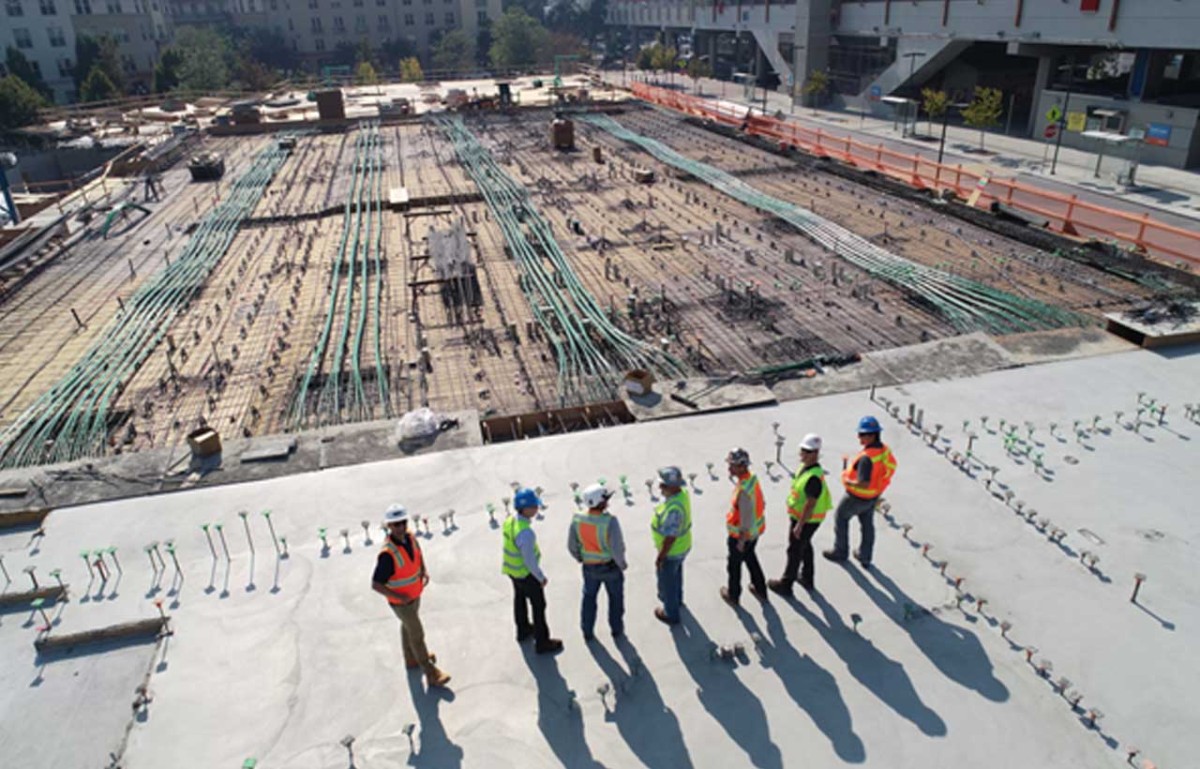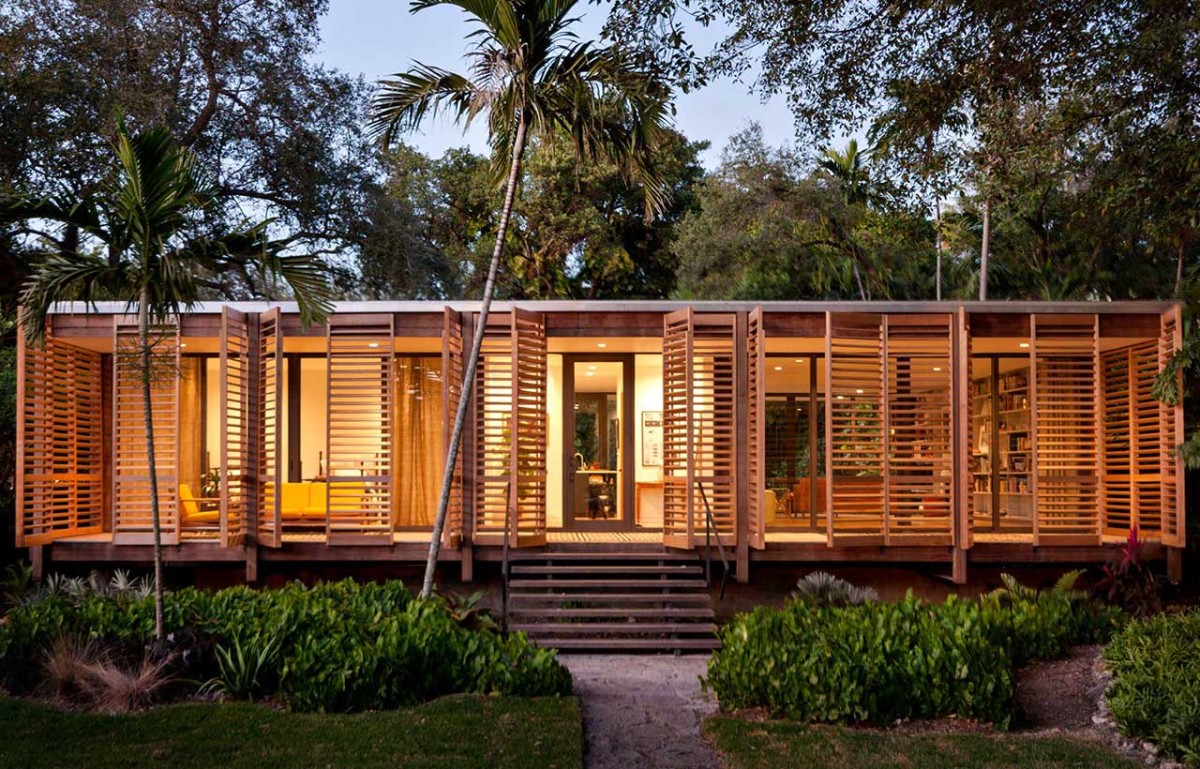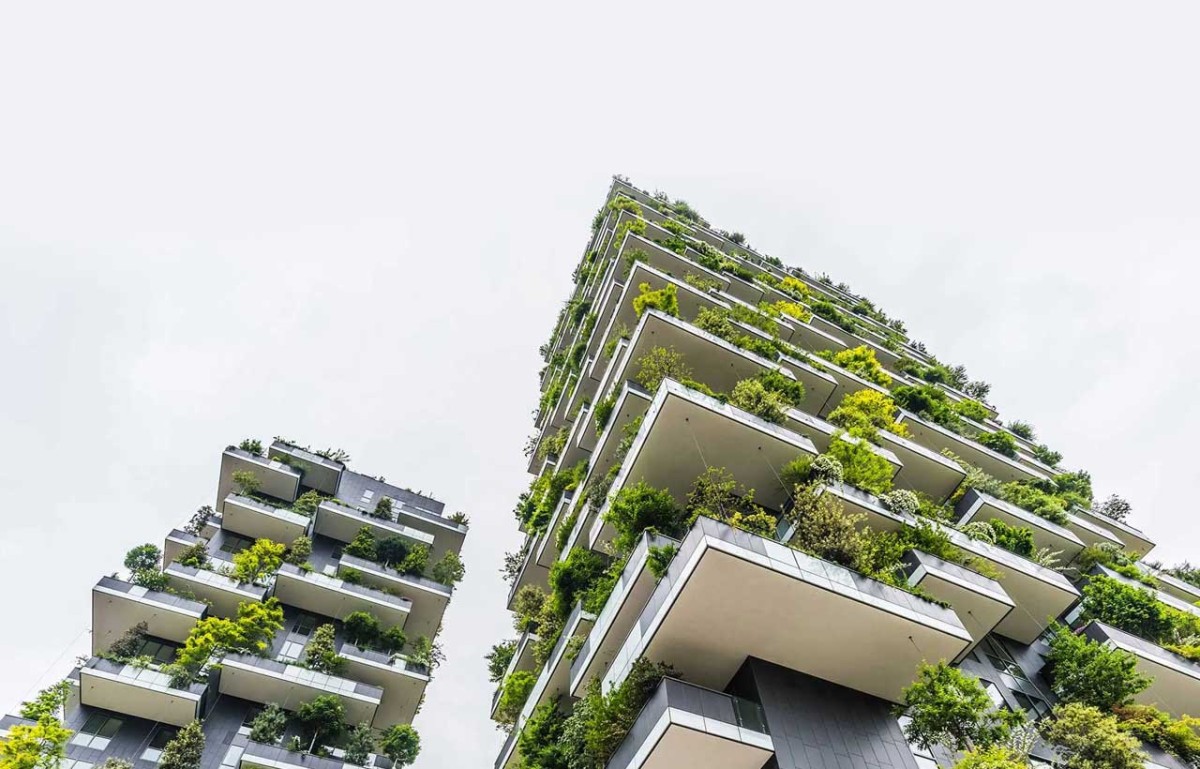Net Zero Energy Buildings Will Shape the Future of Green Real Estate.
- December 14, 2023
- By: Editorial Team
- INFLUENCERS
.jpg)
In recent times, there has been a notable shift in the real estate sector, with a focus on environmental responsibility and sustainability. Buildings that are sustainable and energy-efficient are what define green real estate, which has become a major player in the market. Property owners are seeking more and more properties with low environmental impact and low energy usage, which benefits their bottom line as well as the environment.
Green Buildings: Raising Awareness and Taking Action
Energy-efficient design and construction techniques were first encouraged by early initiatives, which marked the beginning of the journey to sustainable real estate. Standardized frameworks were recognized as necessary by industry professionals and policymakers as the environmental impact of buildings became increasingly evident.
Read More: Ganga Realty Expands the Scope of Luxurious Project in Gurgaon
As a result, green building certification programs and standards like IGBC (Indian Green Building Council) and LEED (Leadership in Energy and Environmental Design) were created. With the aid of these frameworks, sustainable construction benchmarks were established, and builders, architects, and contractors were guided in the creation of greener buildings.
Green building techniques are becoming more widely used in developments rather than being limited to a specialized market. Recognizing the value of sustainable real estate, governments and municipalities around the globe have put laws and policies into place that either require or encourage green building. Along with lowering buildings' carbon footprints, this change has improved operational efficiency and resulted in significant cost savings for both owners and tenants in the form of lower energy bills.
Net-Zero Energy Structures: A New Definition of Sustainable Property
Net zero energy buildings are at the forefront of the green real estate movement. These cutting-edge buildings are made to generate as much energy as they use in a year, so they don't release any carbon emissions. Energy-efficient design, renewable energy production, and sophisticated energy management systems work together to create net zero energy buildings. Beyond their favorable effects on the environment, net zero energy buildings have many other advantages. These buildings provide their owners and occupants with financial benefits by drastically lowering or eliminating energy costs. Moreover, the financial feasibility of net zero energy is increasing as renewable energy technologies become more accessible and affordable.
.jpg)
Although there are obstacles to be overcome, like upfront costs and technological difficulties, Net Zero Buildings have the potential to revolutionize sustainability. As technology develops, costs come down, and public awareness rises, we should anticipate seeing more Net Zero Buildings and their beneficial effects on the environment and society.
Read More: Jewar International Airport- the Turning Point in Delhi NCR by the Aerotropolis
Tech changing the Green Real Estate Ideology
With the changing architectural trends, the green real estate movement has been propelled by significant technological advancements. Buildings are increasingly integrating advanced energy-efficient air conditioning systems and solar panels, two examples of renewable energy technologies. By utilizing clean and renewable energy sources, these systems lessen reliance on fossil fuels and cut down on greenhouse gas emissions.
Real-time energy optimization is also being achieved by smart building technologies and energy management systems. In order to reduce energy waste, these systems keep an eye on and manage a variety of building systems, including lighting, HVAC, ventilation, and air conditioning.
.jpg)
Furthermore, building owners and managers are able to pinpoint inefficiencies and apply focused energy-saving strategies thanks to sophisticated sensors and data analytics.
Developments in materials science have resulted in the creation of environmentally friendly building materials that lessen the negative effects of construction on the environment.
Read more: Sikkim Welcomes the Leela to Open 140-Room Hotel
Conclusion
Although there are some difficulties in making the shift to a greener real estate industry, they are greatly outweighed by the advantages. Policymakers should keep offering financial incentives, public education, and policy support to encourage the adoption of sustainable practices. We can create the conditions for a time when net zero energy buildings and technological advancements are the standard rather than the exception by encouraging the development of green real estate.
Green real estate has a bright future, but it will depend on industry stakeholders working together. We can design structures that not only satisfy current needs but also protect the environment for future generations if we embrace sustainability. Acting now will ensure the continued success of green real estate awaits us with open arms.








